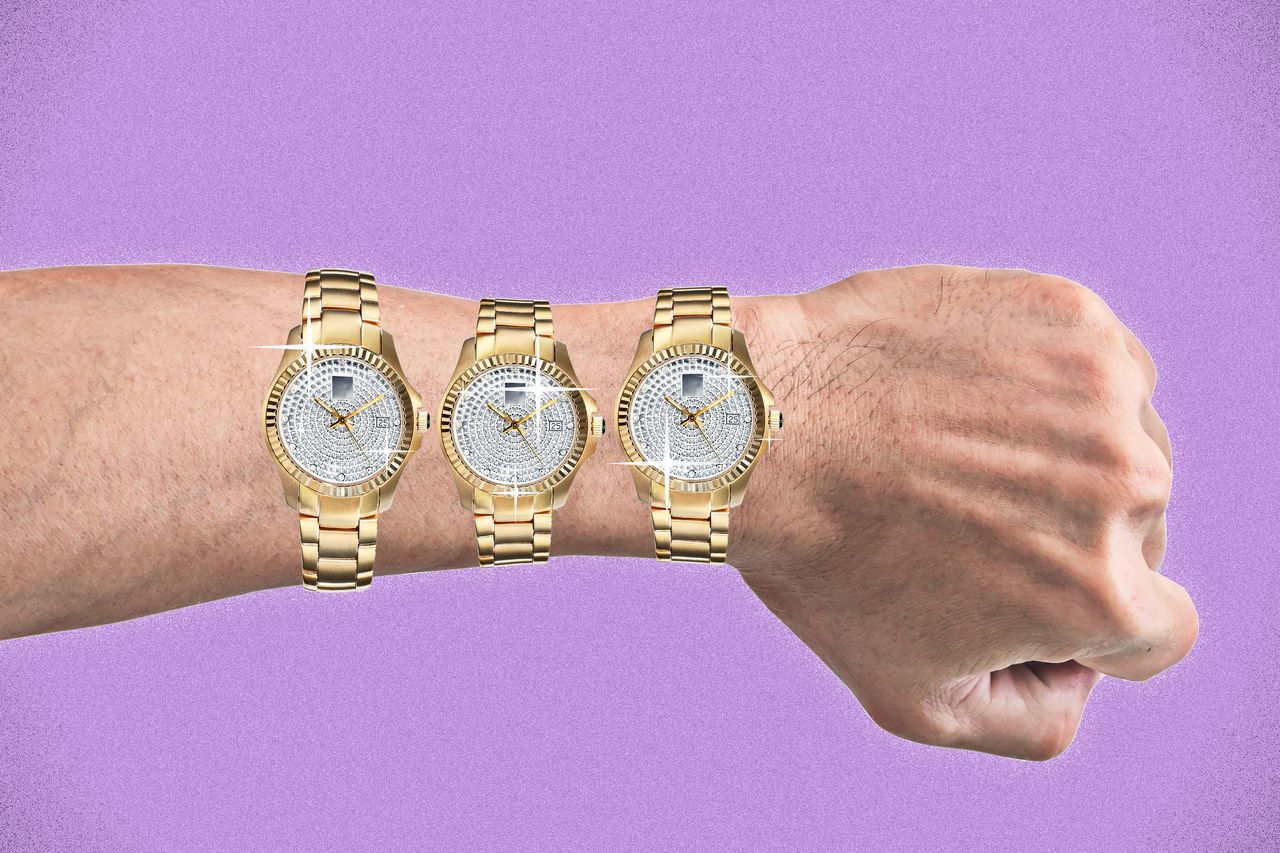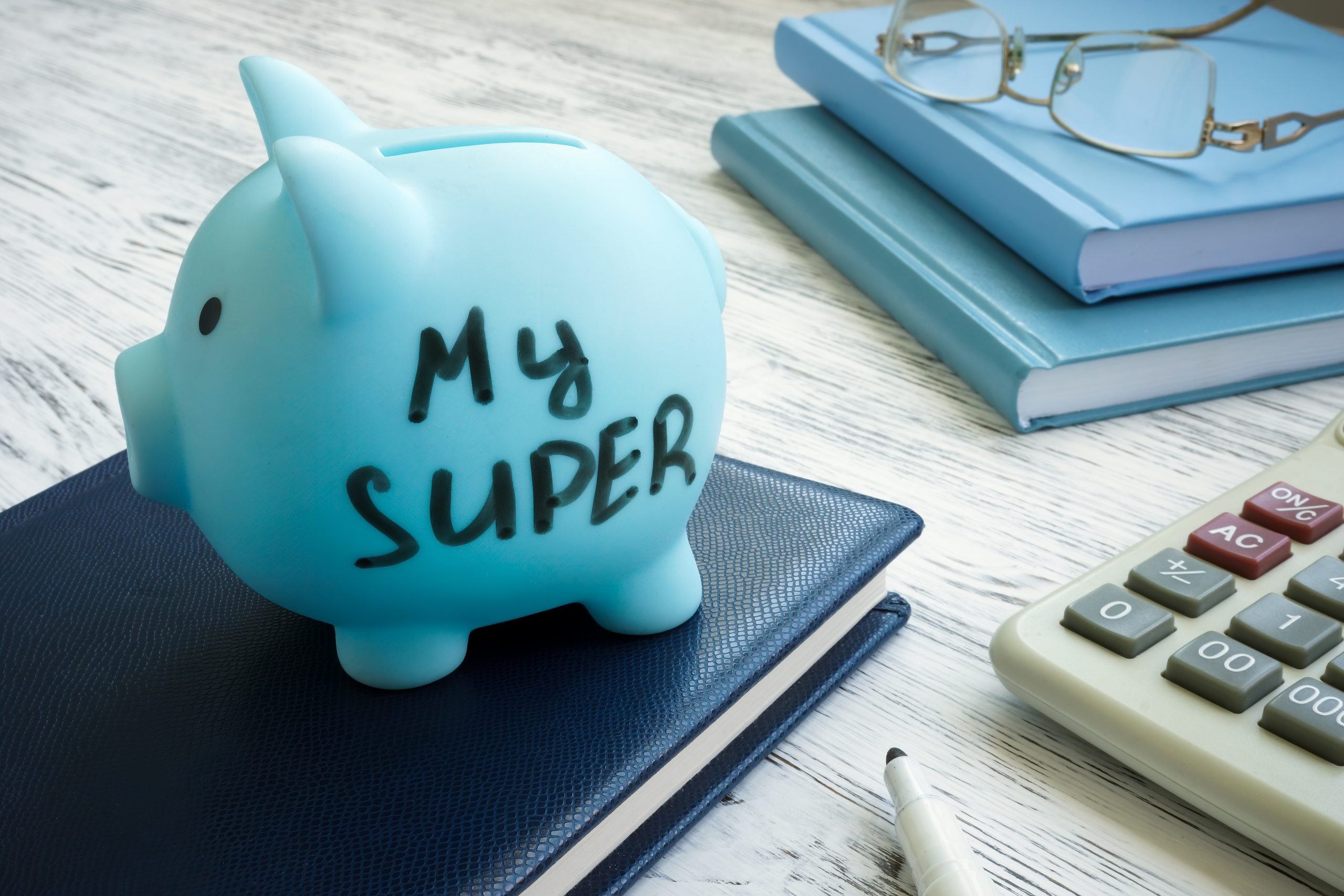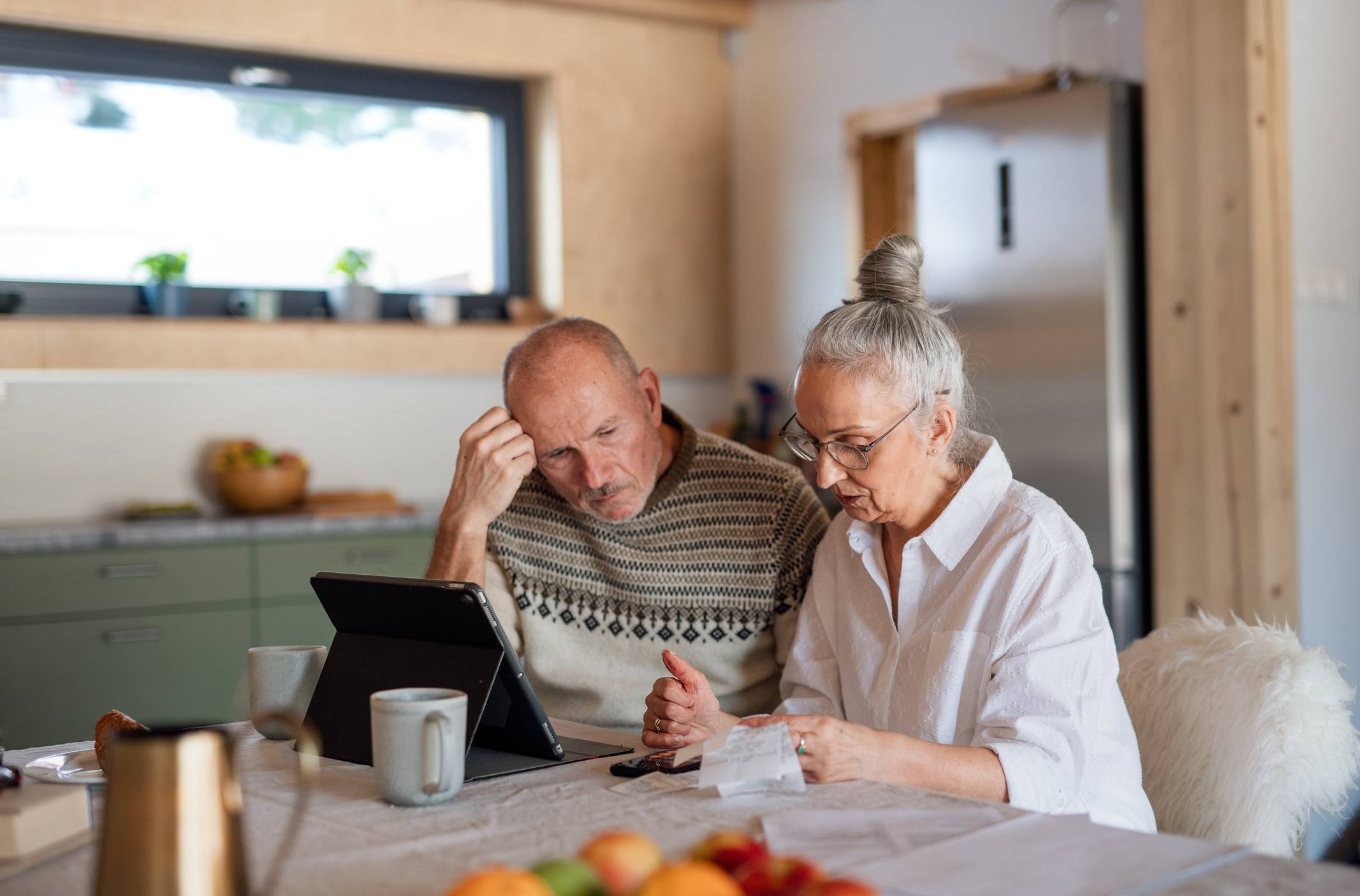The Coronavirus-Era Shopping Response to a Downturn: Trade Up
Shoppers have a new mantra this year: Treat yourself.
Stuck at home and spending far less on travel, experiences and dining out, consumers are trading up on everything from designer handbags to diamond jewellery, according to industry executives and market-research firms.
The splurging defies the norms of past economic downturns, when consumers traded down to less-expensive items. And it isn’t only the well-off taking part. Less-affluent shoppers are buying items like premium spaghetti sauce or salon-worthy shampoo that was previously out of reach or thought to be not worth the price before the coronavirus pandemic forced people to curtail activities and isolate.
Stephanie Moon bought a Chloé handbag on sale for around A$890 this summer as a reward for signing her first client to her newly launched consulting firm. The 38-year-old San Francisco resident said she doesn’t usually buy designer bags, but felt like she could afford one now.
“I’m saving so much money, because I’m not going anywhere or doing anything,” she said. “Normally, I’d treat myself to a night out with my girlfriends, but that wasn’t an option this year.”
Millions of Americans remain out of work, and jobless claims are at their highest level since September. Yet despite some signs of slowing growth in November, retail spending has been strong relative to the broader economic outlook, boosted by a surge in online shopping. The National Retail Federation predicts holiday sales will rise 3.6% to 5.2%. Shoppers have been loading up on Christmas decorations, which are in short supply, as they try to brighten dreary, pandemic days.
After years of watching consumers, especially young ones, shift their spending to experiences, retailers across the spectrum say they have noticed more splurging on things, from luxury chains like Neiman Marcus Group Inc. and Saks Fifth Avenue to Macy’s Inc. and Signet Jewelers Ltd., owner of the Jared chain.
“Over the past few years, consumers have been making choices, ‘Do I take a trip to Rome or buy a handbag?’ ” said Marc Metrick, the chief executive officer of Saks Fifth Avenue. “This year, the decision has been eliminated.”
Mr Metrick said the biggest burst of demand is from shoppers who crave luxury products but can’t regularly afford them.
Neiman Marcus Chief Executive Geoffroy van Raemdonck said wealthy shoppers are buying more-expensive jewellery, shoes and handbags. “The same customer who would have bought one handbag last year is buying two this year, or is buying a more-expensive bag,” Mr. van Raemdonck said.
Neiman Marcus, which emerged from bankruptcy in September, has also attracted “entry-level” consumers who rarely, if ever, shopped with the luxury chain before Covid-19, he said. To appeal to them, it recently announced a partnership with payments company Affirm to offer instalment payments over six to 36 months at no extra charge.
NPD Group Inc. found that customers across various income levels, from those making less than $25,000 a year to those making more than $100,000 annually, are spending more on retail purchases than they did a year ago. Notably, for lower-income consumers, that spending didn’t dissipate after the stimulus checks ran out this summer.
“The growth rate in retail sales at the low end is higher than at the high end,” said Marshal Cohen, NPD’s chief industry adviser. “Consumers are gilt gifting, sending bigger, better gifts and rewarding themselves.”
Signet’s Jared chain is seeing the most growth at the highest price points, including items costing more than US$5,000, according to Bill Brace, Signet’s chief marketing officer. At Jared, sales of 2-carat loose diamonds and luxury watches are up 30% from Nov. 1 through mid-December, compared with the same period a year ago. Over the same period, sales of 1.25-carat diamond stud earrings have climbed 40% compared with last year.
Mr Brace said sales in those categories are growing at a rate of two to four times Signet’s overall sales growth in the most recent quarter. The company also owns the Kay Jewelers, Zales and Piercing Pagoda chains.
“Women are looking for zoom-worthy jewellery,” Mr Brace said. “They are going bigger on diamond studs.” He added that one Signet customer in Colorado recently bought three special-edition watches that cost more than US$10,000 each. “It’s unusual for someone to buy three at one time,” he said.
Macy’s customers are buying more-expensive jewellery, handbags and sleepwear, with shoppers spending more on each item than they did on similar purchases in the past, according to a spokeswoman. At the company’s Bloomingdale’s chain, affluent customers are snapping up luxury products.
“It’s not just because people are buying the snob apparel,” said Tony Spring, Bloomingdale’s CEO. “People realize you can have really nice things that don’t come close to costing what experiences cost.”
The strong demand has allowed some luxury brands to raise some prices, according to Erwan Rambourg, HSBC Holdings PLC’s global co-head of consumer and retail research. This spring, Louis Vuitton raised prices about 8% globally, while Chanel instituted a roughly 5% price increase, he said.
A Chanel spokesman said the brand, like most other luxury labels, regularly adjusts prices to reflect changes in production costs, raw-material prices and currency fluctuations, and also to help avoid price discrepancies between countries. Louis Vuitton declined to comment.
“Since Covid hit, you’ve had a tendency from consumers to buy less, but buy better,” Mr Rambourg said. “Unlike after 9/11, which made spending on luxury seem vulgar and inappropriate, today there is no stigma.”
Sarah Johnson has been buying Givenchy lipstick, Chanel blush, and Yves Saint Laurent eye shadow, often spending $200 in one shot. Before the pandemic, the 52-year-old New York City resident, who works in public relations, would have been satisfied with drugstore brands.
Now she is considering buying a designer handbag as a holiday gift for herself. “I would never have bought a designer bag in the past, but maybe I’ll use the money I saved for vacation to buy that Balenciaga bag I’ve always wanted,” she said, referring to the brand’s bags, which cost upward of $1,000.
Shoppers of all incomes are also trading up in everyday purchases like bottled water and spaghetti sauce, according to IRI, a market research firm that tracks $1.1 trillion in consumer-products spending.
“We expected low-income shoppers to buy more value brands,” said Krishnakumar Davey, president of IRI’s Strategic Analytics practice. “But they are buying higher-end products.”
Roy Cohen says he is saving $2,000 a month since he stopped paying rent on his Manhattan office in June. The 65-year-old career counsellor cancelled his vacation and is dining out less.
Instead, the East Hampton, N.Y., resident says he is donating more to charity and splurging on things like premium olive oil. In the past, he said he would have bought the generic version at Costco Wholesale Corp.
“I’m very value-oriented,” Mr Cohen said. “Before, I never would have thought expensive olive oil was worth the money.”
 Copyright 2020, Dow Jones & Company, Inc. All Rights Reserved Worldwide. LEARN MORE
Copyright 2020, Dow Jones & Company, Inc. All Rights Reserved Worldwide. LEARN MORE
This stylish family home combines a classic palette and finishes with a flexible floorplan
Just 55 minutes from Sydney, make this your creative getaway located in the majestic Hawkesbury region.
As Paris makes its final preparations for the Olympic games, its residents are busy with their own—packing their suitcases, confirming their reservations, and getting out of town.
Worried about the hordes of crowds and overall chaos the Olympics could bring, Parisians are fleeing the city in droves and inundating resort cities around the country. Hotels and holiday rentals in some of France’s most popular vacation destinations—from the French Riviera in the south to the beaches of Normandy in the north—say they are expecting massive crowds this year in advance of the Olympics. The games will run from July 26-Aug. 1.
“It’s already a major holiday season for us, and beyond that, we have the Olympics,” says Stéphane Personeni, general manager of the Lily of the Valley hotel in Saint Tropez. “People began booking early this year.”
Personeni’s hotel typically has no issues filling its rooms each summer—by May of each year, the luxury hotel typically finds itself completely booked out for the months of July and August. But this year, the 53-room hotel began filling up for summer reservations in February.
“We told our regular guests that everything—hotels, apartments, villas—are going to be hard to find this summer,” Personeni says. His neighbours around Saint Tropez say they’re similarly booked up.
As of March, the online marketplace Gens de Confiance (“Trusted People”), saw a 50% increase in reservations from Parisians seeking vacation rentals outside the capital during the Olympics.
Already, August is a popular vacation time for the French. With a minimum of five weeks of vacation mandated by law, many decide to take the entire month off, renting out villas in beachside destinations for longer periods.
But beyond the typical August travel, the Olympics are having a real impact, says Bertille Marchal, a spokesperson for Gens de Confiance.
“We’ve seen nearly three times more reservations for the dates of the Olympics than the following two weeks,” Marchal says. “The increase is definitely linked to the Olympic Games.”

Getty Images
According to the site, the most sought-out vacation destinations are Morbihan and Loire-Atlantique, a seaside region in the northwest; le Var, a coastal area within the southeast of France along the Côte d’Azur; and the island of Corsica in the Mediterranean.
Meanwhile, the Olympics haven’t necessarily been a boon to foreign tourism in the country. Many tourists who might have otherwise come to France are avoiding it this year in favour of other European capitals. In Paris, demand for stays at high-end hotels has collapsed, with bookings down 50% in July compared to last year, according to UMIH Prestige, which represents hotels charging at least €800 ($865) a night for rooms.
Earlier this year, high-end restaurants and concierges said the Olympics might even be an opportunity to score a hard-get-seat at the city’s fine dining.
In the Occitanie region in southwest France, the overall number of reservations this summer hasn’t changed much from last year, says Vincent Gare, president of the regional tourism committee there.
“But looking further at the numbers, we do see an increase in the clientele coming from the Paris region,” Gare told Le Figaro, noting that the increase in reservations has fallen directly on the dates of the Olympic games.
Michel Barré, a retiree living in Paris’s Le Marais neighbourhood, is one of those opting for the beach rather than the opening ceremony. In January, he booked a stay in Normandy for two weeks.
“Even though it’s a major European capital, Paris is still a small city—it’s a massive effort to host all of these events,” Barré says. “The Olympics are going to be a mess.”
More than anything, he just wants some calm after an event-filled summer in Paris, which just before the Olympics experienced the drama of a snap election called by Macron.
“It’s been a hectic summer here,” he says.

AFP via Getty Images
Parisians—Barré included—feel that the city, by over-catering to its tourists, is driving out many residents.
Parts of the Seine—usually one of the most popular summertime hangout spots —have been closed off for weeks as the city installs bleachers and Olympics signage. In certain neighbourhoods, residents will need to scan a QR code with police to access their own apartments. And from the Olympics to Sept. 8, Paris is nearly doubling the price of transit tickets from €2.15 to €4 per ride.
The city’s clear willingness to capitalise on its tourists has motivated some residents to do the same. In March, the number of active Airbnb listings in Paris reached an all-time high as hosts rushed to list their apartments. Listings grew 40% from the same time last year, according to the company.
With their regular clients taking off, Parisian restaurants and merchants are complaining that business is down.
“Are there any Parisians left in Paris?” Alaine Fontaine, president of the restaurant industry association, told the radio station Franceinfo on Sunday. “For the last three weeks, there haven’t been any here.”
Still, for all the talk of those leaving, there are plenty who have decided to stick around.
Jay Swanson, an American expat and YouTuber, can’t imagine leaving during the Olympics—he secured his tickets to see ping pong and volleyball last year. He’s also less concerned about the crowds and road closures than others, having just put together a series of videos explaining how to navigate Paris during the games.
“It’s been 100 years since the Games came to Paris; when else will we get a chance to host the world like this?” Swanson says. “So many Parisians are leaving and tourism is down, so not only will it be quiet but the only people left will be here for a party.”
This stylish family home combines a classic palette and finishes with a flexible floorplan
Just 55 minutes from Sydney, make this your creative getaway located in the majestic Hawkesbury region.






















